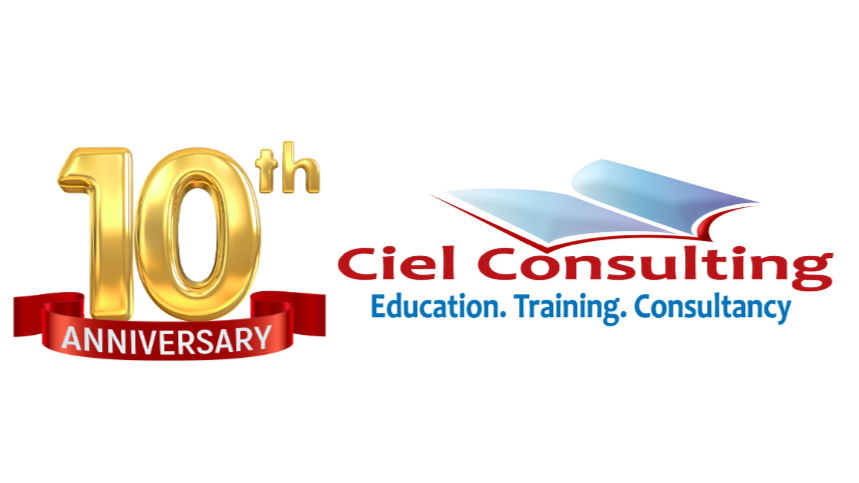What is Planning in Project Management?
Project planning is the process of gathering information for your project and organizing it so that you can successfully execute your project. It is comprised of looking at many different considerations and aspects. What business problem is your project going to solve? Determine the project requirements and scope of what is to be delivered.
You’ll look at what’s needed and then plan how you’ll make it happen.
The planning phase involves pulling together the details of what’s needed and nailing down a plan.
Below is extracted a few components of project planning.
ACTIVITIES
Scope: The team determines what will be included as part of the project, and what will not. Sometimes it’s important to be clear about what will be excluded as well, so there’s no question later. Gather more detailed requirements to gain a better understanding of what is involved.
Work Breakdown Structure (WBS): The project manager works with the team to identify the high-level activities needed to complete the project, and then breaks these out to smaller components. It helps you and the team work through the details of what needs to be done to complete the project.
Schedule: The project manager never creates a schedule without input from those doing the work. Take the input from the WBS and for each task and add durations, dependencies, responsible party, and start and finish dates. Additionally, if you’ll use an outside vendor, you’ll need to consider the need for a request for proposals and contract execution times.
Cost / Budget: Additionally, this is when you develop the project budget. Get input from everyone on what is needed for the project: hardware, licenses, and anything else you’ll need to purchase. You may need to create a budget for the total cost of ownership (TCO), which includes ongoing support and maintenance for several years out. If you are required to include the cost of employee development time as well, you’ll need to plan for those costs. Again, make sure you check with all team members on what is needed. I have a post on creating the IT Project Budget that is written in the context of an IT project, but some of the guidelines are applicable to other types of projects. I have included a template that can be modified for other types of projects as well.
Quality: Develop the Quality Management Plan and determine appropriate metrics. Modern quality approaches focus on customer requirements and satisfaction, prevention over inspection, and continuous improvement. There are entire disciplines and organizations focused on quality, such as Six Sigma and the International Organization for Standardization. Don’t overlook this valuable component to your project.
Resources: Plan for project participants by identifying what roles and responsibilities you need for your project. What activities need to be carried out and what areas of expertise are needed. When are these resources needed and are they available?
Communication Plan: Teams may wish to put together a communication plan to address how information will be shared. If you have virtual teams, plan accordingly. The communication plan will help the team talk through communication needs and ensure that all are aware of communication expectations. By creating the plan, the team will know what information needs to be communicated to whom, and by what channel.
Risk Plan: The team will identify what potential risks could occur while executing the project, and puts together a mitigation plan for each. This will require input from team members and will help the team plan in advance how to manage each risk should it occur. It will also help the team identify risk triggers to watch for.
Procurement: Plan for project purchases. This may mean that you need to follow strict processes. If you need to carry out formal requests for proposals and execute any contracts, plan for time for these activities.
Stakeholders: In addition to the stakeholder identification done during the initiation phase, ensure that all stakeholders are identified, and the team has planned for managing communications and other needs relative to this group.
DELIVERABLES OF THE PLANNING PROCESS
Note that these may vary depending on the complexity of your project. If you have a small, simple project you will likely not need all the following deliverables that would be listed below.
Project Management Plan – PMBOK definition: “The document that describes how the project will be executed, monitored, and controlled. It integrates and consolidates all of the subsidiary plans and baselines from the planning processes.”
The project plan contains the following information:
Scope baseline
Project schedule
Project budget
Additional items listed specifically by PMI (all from PMBOK 5th edition)
Scope management plan
Requirements management plan
Schedule management plan
Cost management plan
Quality management plan
Process improvement plan
Human resource management plan
Communications management plan
Risk management plan
Procurement management plan
Stakeholder management plan
The Project Manager and project team may wish to include additional information and are not restricted to the items listed above.
I hope you found this helpful?



